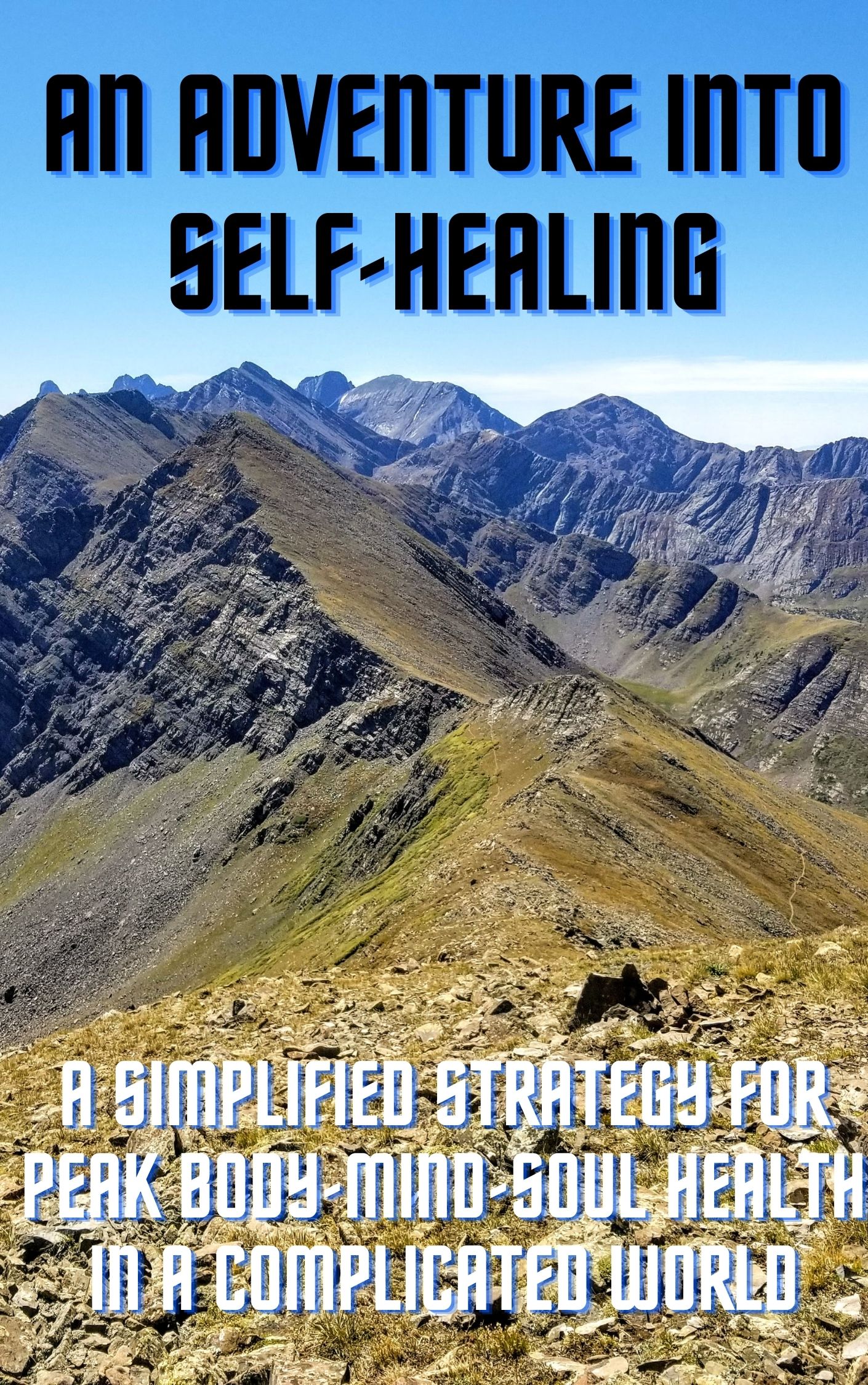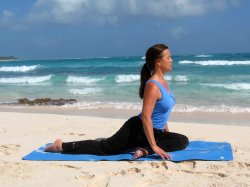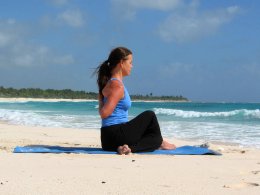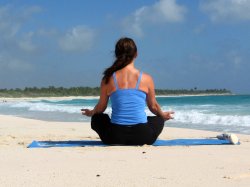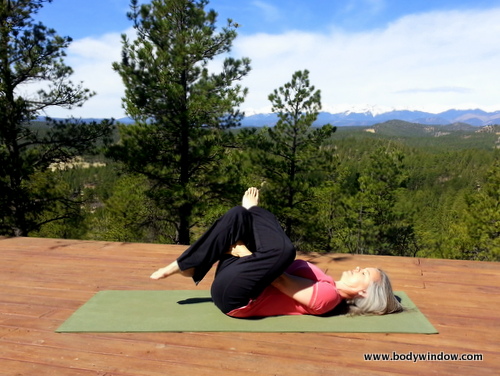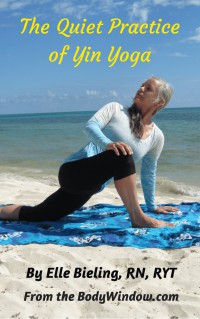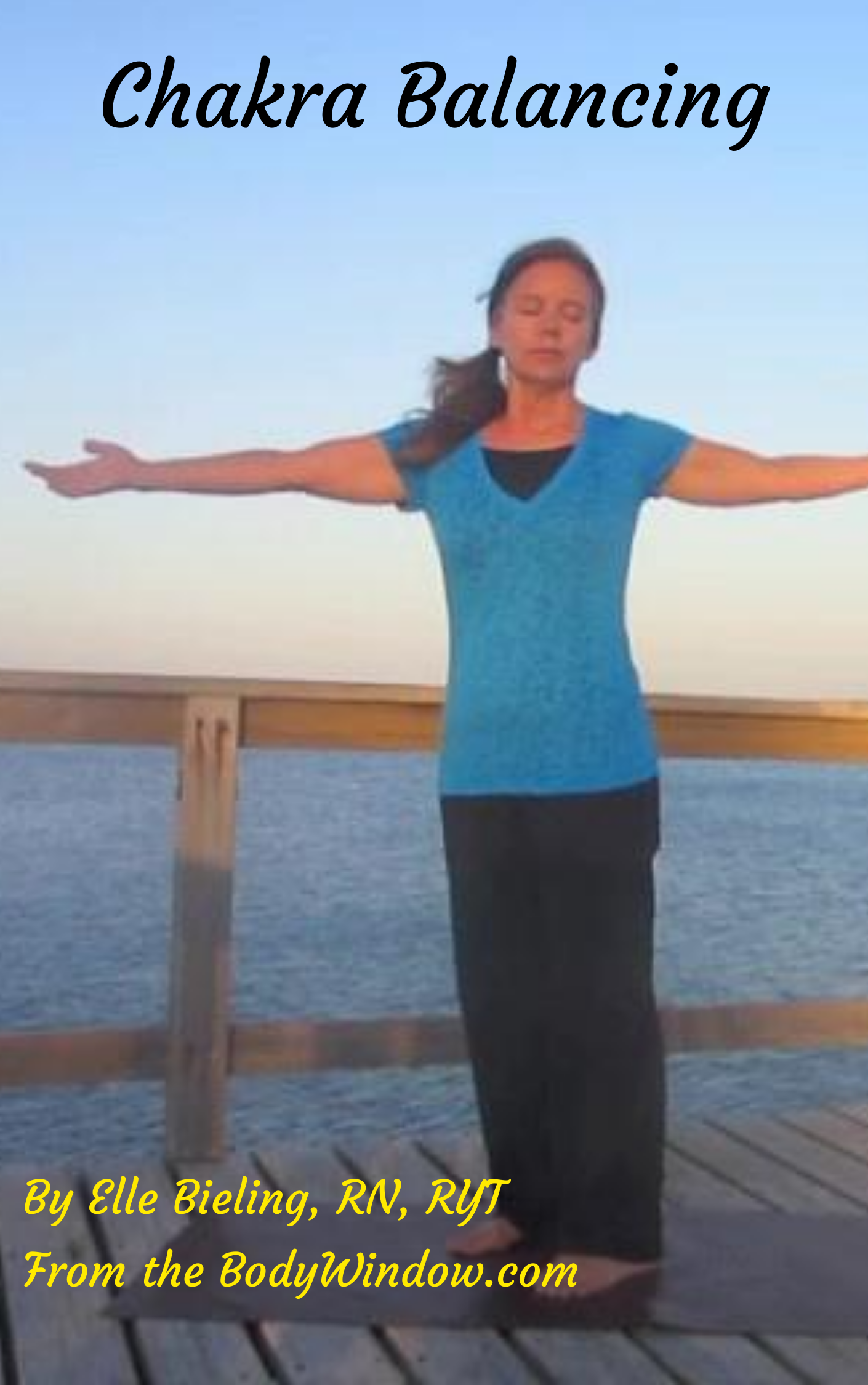Way ~ Through Your Body!
- Home
- Foam Rolling
- Foam Roller Exercises For the Piriformis and Gluteus Muscles
Foam Roller Exercises and Stretches for Your Piriformis and Gluteus Muscles (Hip Muscles)
You become aware of your body-mind connection when you perform foam roller exercises for your hip muscles and healing can begin! An inflamed piriformis muscle is often a cause of back pain.
'If the mind, that rules the body, ever so far forgets itself as to trample on its slave, the slave is never generous enough to forgive the injury, but will rise and smite the oppressor. ' ~ Henry Wadsworth Longfellow
Foam rolling the hip targets the large gluteus muscles, or the muscles of the buttocks. The foam roller exercises in this article also involve the piriformis muscle, or the small, deep muscle inside the hip. If you have other problem areas, please refer to my Foam Rolling index page for my complete list of foam rolling exercises for all your body parts.
The Body Window's Self-Guided Healing Course is Now Reduced to only 19.95 USD!
Click here to learn more about how this healing course can change your life!
I would recommend that you first read my article on
Foam Rolling
to understand the incredible power of the lowly foam roller to heal you! Foam roller exercises utilize the practice of self-myofascial release. Myofascial release is significant because it is a way to
relieve the tension that has built up in your muscles as a result of
stress, everyday use and abuse.
When you release muscle tension, as massage therapists know, the physical release can bring about emotional release as well. This is because you are learning to attend to the sore area, to focus on it and feel it so that you can heal it. This is a meditative process that sends energy to your area of need. It is how you can deeply feel your pain and heal it.
Our bodies are full of pent up emotions, manifested in tense and tight muscles. I explain this in more detail in my article, How Emotions Affect Our Body. You may wish to read this article to better understand the effect of our emotions on our bodies and the body-mind connection.
the function of the hip muscles
The piriformis muscle is a small muscle deep in the hip that assists in rotating the thigh outward when the thigh is extended. It is a necessary ingredient in walking, since it also stabilizes the leg and allows the shifting of weight from one foot to another, by enabling you to hold your legs together as you walk. Without this stabilization you would lose your balance and fall over.
The piriformis is significant in that it rests atop the sciatic nerve, the major nerve that runs from the spinal cord downward to innervate the leg. In some people the sciatic nerve actually runs through the piriformis muscle or even on top of it.
An inflamed piriformis is often the cause of sciatic pain or 'sciatica' as it is commonly known. Pain, numbness and tingling deep in the hip that often refers down the leg is characteristic of sciatica.
The type of sciatica that is caused by inflammation of the piriformis muscle is called piriformis syndrome or 'true sciatica.' (The other type of sciatica is from an entrapped nerve from a herniated disk in the lower back). Back pain is often involved in this syndrome.
Tight piriformis muscles are often the cause of back pain. Keeping the piriformis muscles flexible and supple through foam roller exercises and piriformis stretches will aid you in the prevention of back pain.
Maintaining body awareness, regarding its message of pain is so important to stay healthy. This is listening to your Body Window messages!
If you suffer from true sciatica, you may find my Lower Back Pain Exercises Video to be helpful for you. In this video I feature foam rolling and sciatica stretches.
The gluteus muscles are made up of three muscles: the gluteus maximus, the gluteus medius and the gluteus minimus. They are involved in the straightening or extension of the thigh (opposite action of the hip or thigh flexors). They also stabilize and rotate the leg. They are all very powerful muscles of walking and forward movement of the legs.
If you wish to learn more about the muscles of the hip, just look up each individual muscle name in Wikipedia and you will get a nice diagram and full description of the muscle.
Tight piriformis muscles, like tight iliopsoas muscles, are often the result of prolonged sitting. We are a culture in who's physical bodies suffer as a result of sitting. I try, whenever I can, to sit on the floor in a cross-legged, or half-lotus position, alternating legs, to keep my piriformis muscles limber.
meditate on the meaning of the hip muscles in your life
The body metaphor for the action of the buttocks, is about power in life, or the loss of power. Are you 'attached at the hip' with someone, or do you need to 'hip check' something or someone in your life? You can develop more intuition when you use your foam roller.
I often have issues with tight piriformis muscles. I know this when I do piriformis stretches in the Yoga poses like the pigeon pose and the half-lotus pose. I am no longer able to do a full lotus position because of tight piriformis muscles. I can’t remember the last time I could. At times the left side is tighter than the right, and at other times the opposite is true.
While you practice the foam roller exercises, reflect on the meaning of the left side tightness versus the right. If you want to learn more about left-brain vs. right brain functioning and what that may represent for you, I invite you to read my article on Body Balance.
I have to constantly remind myself while doing my foam roller exercises for the piriformis and gluteus muscles, to let go of control, relinquish control to a Higher Power.
I meditate on being supported by the Universe as I work this muscle. As with the iliopsoas, I meditate on 'God’s time' versus my own forced time! Giving up control and power is very hard to do.
Or your truth may be that you need to regain your power, or create new power. Maybe being 'attached at the hip' to a relationship or a career may no longer be working for you.
When rolling through my foam roller exercises for your piriformis and gluteus muscles, contemplate on the meaning of these particular muscle groups in your life. It is always most beneficial to say positive affirmations as you roll on your foam roller, to aid you in your healing process. Affirm the following:
- I move to the speed of God’s time and it is perfect.
- I am supported in all things in life.
- Everything I need will be revealed to me in God/the Universe's time.
- It's great to be me!
- I create new power and energy in my life.
- Louise Hay likes to say, Hip, Hip Hurray, there is joy in every day!' This affirmation has always stuck in my mind.
If these affirmations aren't sufficient for your needs, use your intuition and create your own that have specific meaning for you!
personalize and adjust the foam roller exercises for your hip muscles
When you are learning foam roller exercises, follow the instructions that I give below. After you get comfortable with the movements, move intuitively where you own body tells you that you need to go.
You will quickly find the areas that need attention. Spend more time on these areas. Apply more pressure and hold it as needed.
Notice how your body feels when you roll. Always keep your heart open to the message your hip area brings.
Pay attention to your breath. B-r-e-a-t-h-e as you really sink into any sore spot. It is your natural tendency to hold your breath when you roll onto a tight spot in the muscle. If you can't continue to deep breathe, ease up on the pressure until your breathing is relaxed again.
When you inadvertently hold your breath, the muscle you are rolling will tense even more. When you breathe deeply you are telling the muscle that it can relax, as you send energy through your breath to the sore area. Tell your muscle that it is OK to relax and release. It may take pressure on the muscle knot for 30 seconds or so, before it finally releases.
When you become skilled at the breathing, the relaxing and the releasing of the muscles will come easier and quicker.
When the muscle releases you may feel an emotional release. Emotions that are brought forth in this manner may feel strange or uncomfortable. Try to stay present with the emotions and notice them and let them go. Thank your body for its message, the release and the healing.
foam roller exercises for the piriformis and gluteus muscles (hip muscles)
Written Instructions (or just follow along with the movements of the video)
- Sit on your foam roller, placing it in the middle of the both buttocks.
- Place your left ankle on your right knee as you lean into the left hip to to focus on it.
- Roll up and down the left hip, as shown in the video, as fast or slow as your heart desires, stopping at any hot spots.
- Shift your weight slightly, left or right and up and down to find your own hot spots that need attention.
- Roll the right hip in the same manner for balance.
You can also do piriformis stretches like the yoga Pigeon Pose, the Full or Half-Lotus Pose and the Cow Face Pose.
Perhaps the easiest pose to stretch the piriformis, is the Eye of the Needle Pose. When this pose is done in the Yin Yoga fashion, it can be extremely therapeutic! Please click on the link to the pose, to learn the best method to achieve these therapeutic effects.
Because the hip muscles are connected to the lower back and the upper
legs, via joints and tendons, many yoga poses will stretch the
piriformis and gluteus muscles.
If you do not have a foam roller and want one, I recommend you choose an EVA, high density 36" x 6" full round type. This longer size is easier to manage and you can do the most variety of exercises with it. I prefer to roll on a yoga mat instead of the hard floor.
May your path to intuitive healing begin by doing the
foam roller exercises and piriformis stretches and I hope your journey is progressing
toward total body-mind-soul health!
foam roller exercises for the lower body and lower back:
- Lower Back (Lumbar Spine).
- Hip Muscles that Focus on Opening Your Hip.
- Iliopsoas (Hip Flexors).
- Iliotibial Band (IT Band) and Tensor Fasciae Latae (TFL) Muscles (Side of the Thigh).
- Adductor Muscles (Muscles of the Inner Thigh and Groin)
- Hamstring Muscles and Quadriceps Muscles (Thigh Muscles).
- Gastrocnemius Muscles (Calves) and Anterior Tibialis Muscles (Shins).
- Myofascial Release ~ The Self-Emptying of Body-Mind-Soul Kenosis
- Using Your Roller for Developing Intuition.
Can't find what you're looking for? Search this website:
Support This Website and Its Mission
Thank you so much for considering a donation to help support this website. I appreciate your thank-you for access to so much free information. If you feel you have been blessed by this website, thank-you for your donation! I promise, that I will continue to provide you with lots of information and pay it forward to all in whatever way I can!
© Copyright 2009-2025, by Elle Bieling, BodyWindow.com
All Rights Reserved
We also hereby confirm, as stated in our Privacy Policy, that we do not sell personal information of any kind.
Protected by Copyscape Plagiarism Checker ~ Do not copy content from this page.
Information on this website is not intended for medical advice. See your health care provider for any health concerns. By using this website and/or practicing any yoga postures, foam rolling exercises or other physical movements contained herein, you are agreeing that you are in good health, cleared by your healthcare professional to participate in physical activities and you release The Body Window from any liability involved in the practice.
